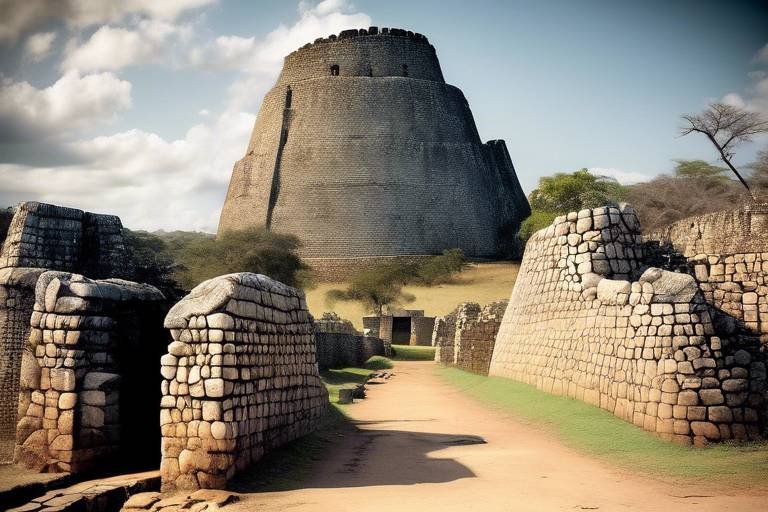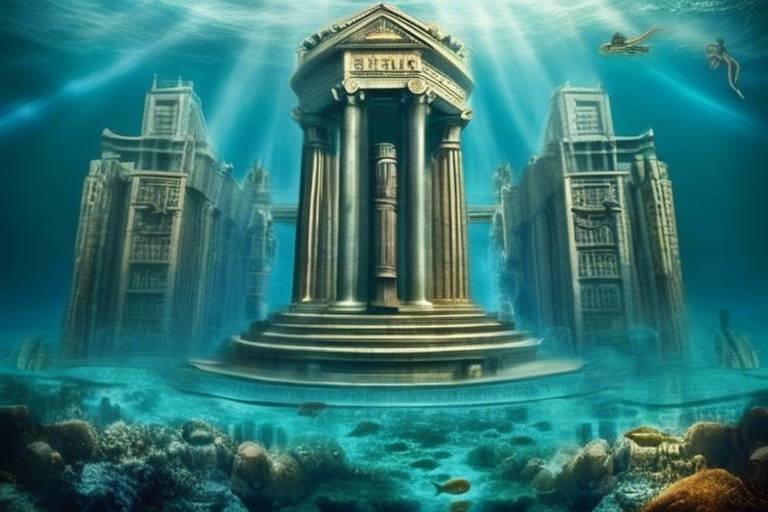The Enigma of the Lost City of Teotihuacan
Teotihuacan, the ancient city shrouded in mystery and wonder, continues to captivate archaeologists and historians alike with its enigmatic past. Nestled in the heart of Mexico, this archaeological site stands as a testament to a civilization lost in time, leaving behind a legacy that sparks curiosity and fascination.
As we delve into the depths of Teotihuacan's history, we uncover a tapestry of stories and legends that speak of its origins and rise to prominence. The city's founders remain a subject of debate, with theories ranging from divine intervention to strategic planning by a powerful ruling elite. The ebb and flow of Teotihuacan's civilization paint a picture of prosperity and decline, leaving behind a legacy that continues to puzzle researchers.
The architectural marvels of Teotihuacan stand as a testament to the ingenuity and skill of its builders. The Pyramid of the Sun, towering over the cityscape, serves as a focal point of religious and ceremonial significance. The intricate urban layout, including the Avenue of the Dead, showcases a city meticulously planned with a symbolic purpose, inviting us to unravel its secrets.
Art and iconography found within the ruins of Teotihuacan offer a glimpse into the daily life and beliefs of its inhabitants. Vibrant mural paintings depict scenes of rituals, deities, and societal structures, providing a window into a world long gone. The legacy of these artistic expressions echoes through time, inviting us to interpret and understand the culture that thrived within these ancient walls.
However, as we ponder the grandeur of Teotihuacan, we must also confront its decline and eventual abandonment. The factors that led to the downfall of this once-thriving city remain shrouded in mystery, with theories ranging from internal strife to environmental challenges. Despite its eventual demise, the legacy of Teotihuacan endures, leaving a mark on Mexican culture and archaeological studies.
Today, as researchers continue to unravel the enigma of Teotihuacan, ongoing efforts in research and conservation aim to preserve this ancient city for future generations. The legacy of Teotihuacan serves as a reminder of the fleeting nature of civilizations, urging us to explore, learn, and protect the treasures of our past.
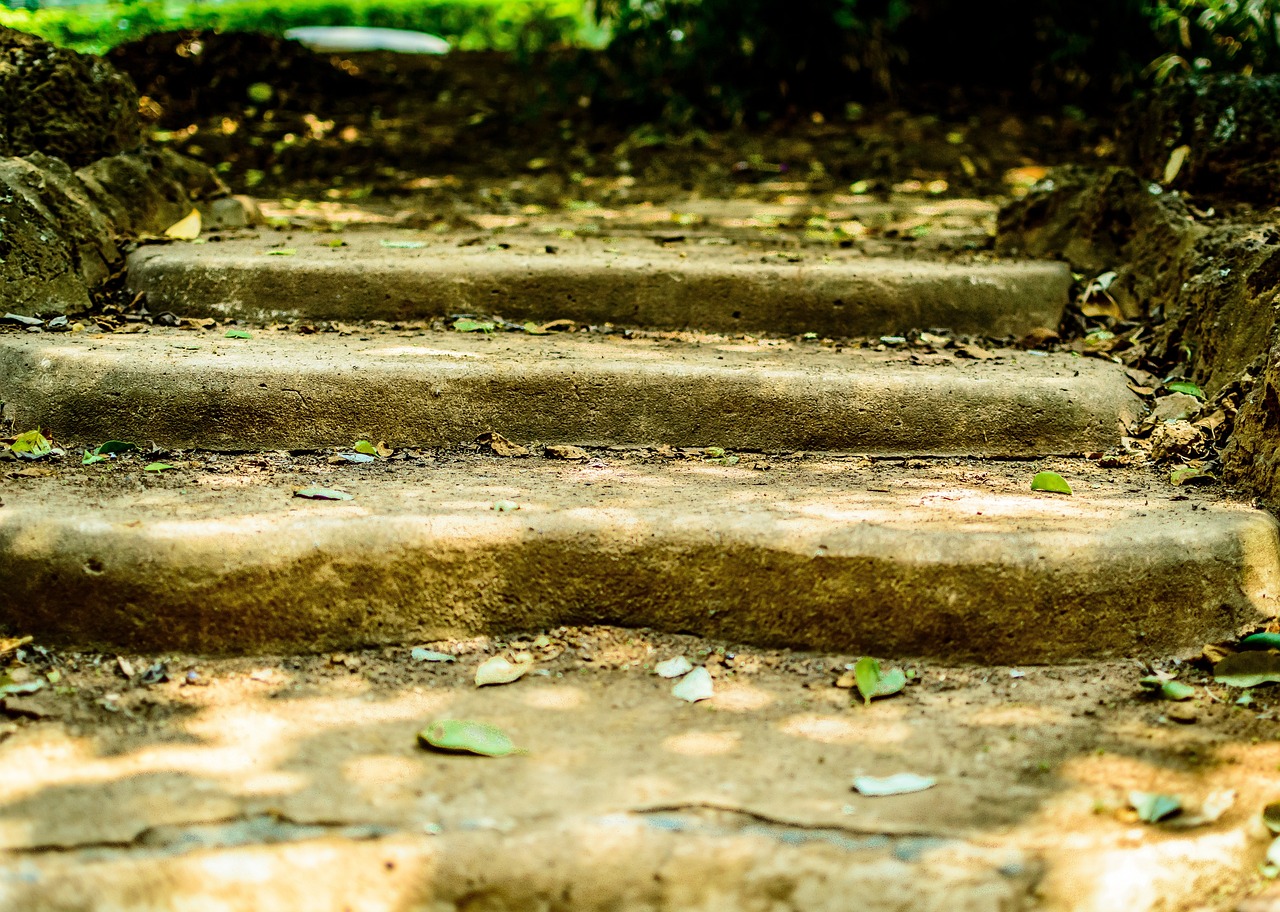
History of Teotihuacan
The history of Teotihuacan is shrouded in mystery and intrigue, captivating the imagination of archaeologists and historians alike. This ancient city, located in the Basin of Mexico, flourished between the 1st and 7th centuries AD, becoming one of the largest urban centers of its time. The origins of Teotihuacan remain a subject of debate, with various theories proposing different indigenous groups as its founders. However, what is certain is the remarkable development and cultural sophistication achieved by this pre-Columbian civilization.
At its peak, Teotihuacan was a thriving metropolis with a population estimated to be over 100,000 inhabitants, making it one of the most populous cities in the ancient world. The city's monumental architecture, including the iconic Pyramid of the Sun and the Pyramid of the Moon, reflects the power and influence of its rulers. The meticulous urban planning of Teotihuacan, characterized by its grid layout and ceremonial avenues, demonstrates a high level of social organization and centralized authority.
Over time, Teotihuacan experienced periods of growth and prosperity, marked by extensive trade networks that connected it to distant regions, fostering cultural exchange and economic development. However, the city also faced challenges, such as internal unrest and external conflicts, which ultimately contributed to its decline. The reasons for the abandonment of Teotihuacan around the 7th century AD remain a subject of speculation, with theories ranging from environmental catastrophes to political upheaval.
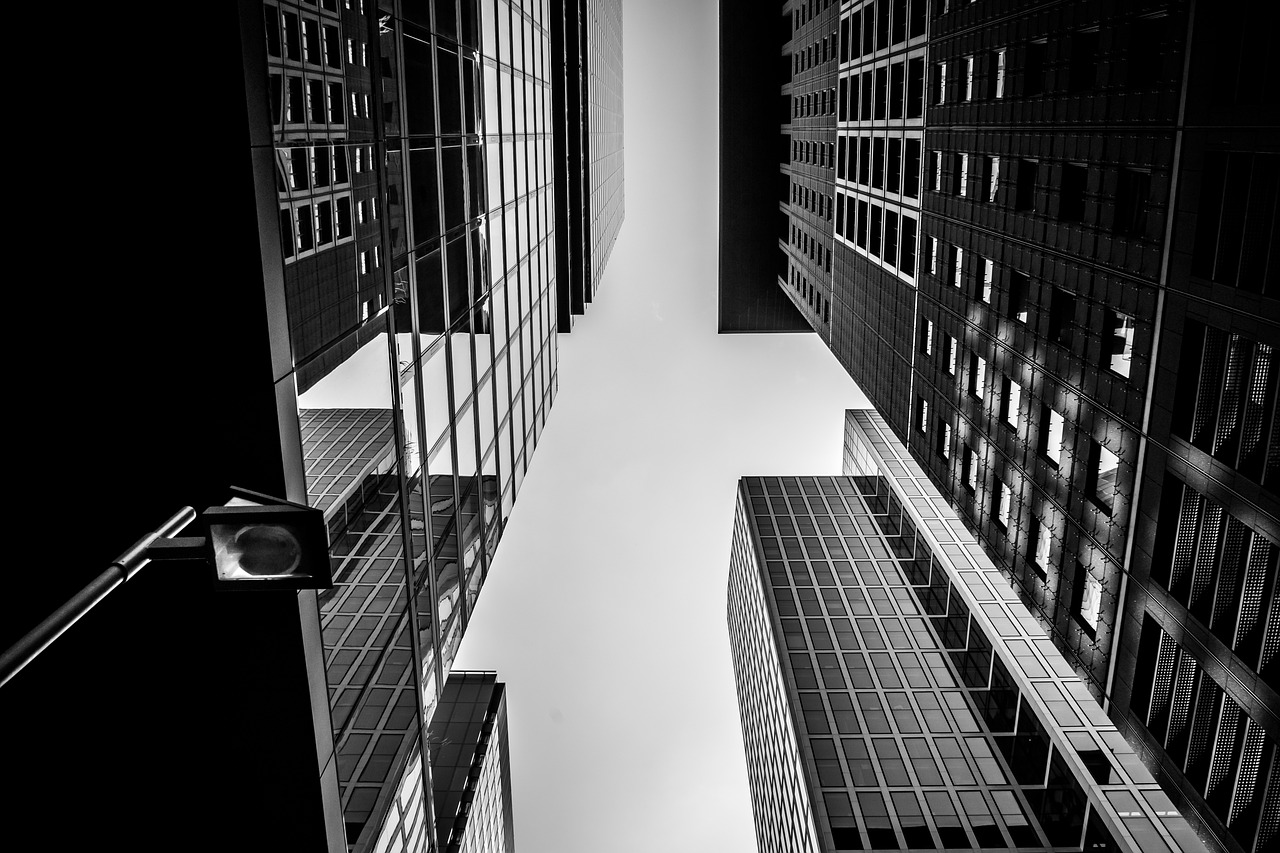
Architecture and Urban Layout
The architecture and urban layout of Teotihuacan stand as a testament to the advanced civilization that once thrived in this ancient city. At the heart of Teotihuacan's architectural marvels is the Pyramid of the Sun, a towering structure that dominates the skyline with its grandeur. Constructed with precision and purpose, this pyramid served as a focal point for religious ceremonies and cultural activities, reflecting the spiritual beliefs of the city's inhabitants.
Connected to the Pyramid of the Sun is the Avenue of the Dead, a monumental thoroughfare that cuts through the city, lined with significant structures and monuments. This avenue, stretching over a mile long, not only served as a physical pathway but also held symbolic importance in the urban layout of Teotihuacan, mirroring the city's spiritual and ceremonial center.
The urban planning of Teotihuacan is characterized by a grid-like layout, with carefully planned streets and neighborhoods that showcase a high level of organization and foresight. The city's infrastructure, including drainage systems and housing complexes, reflects a sophisticated understanding of urban design and functionality, highlighting the ingenuity of its ancient architects.
Moreover, the artistic elements integrated into the architecture of Teotihuacan, such as intricate carvings, colorful murals, and symbolic motifs, not only embellished the city's structures but also conveyed deeper cultural meanings and beliefs. These artistic expressions provided a window into the daily lives, religious practices, and societal values of the Teotihuacan people, enriching our understanding of this enigmatic civilization.
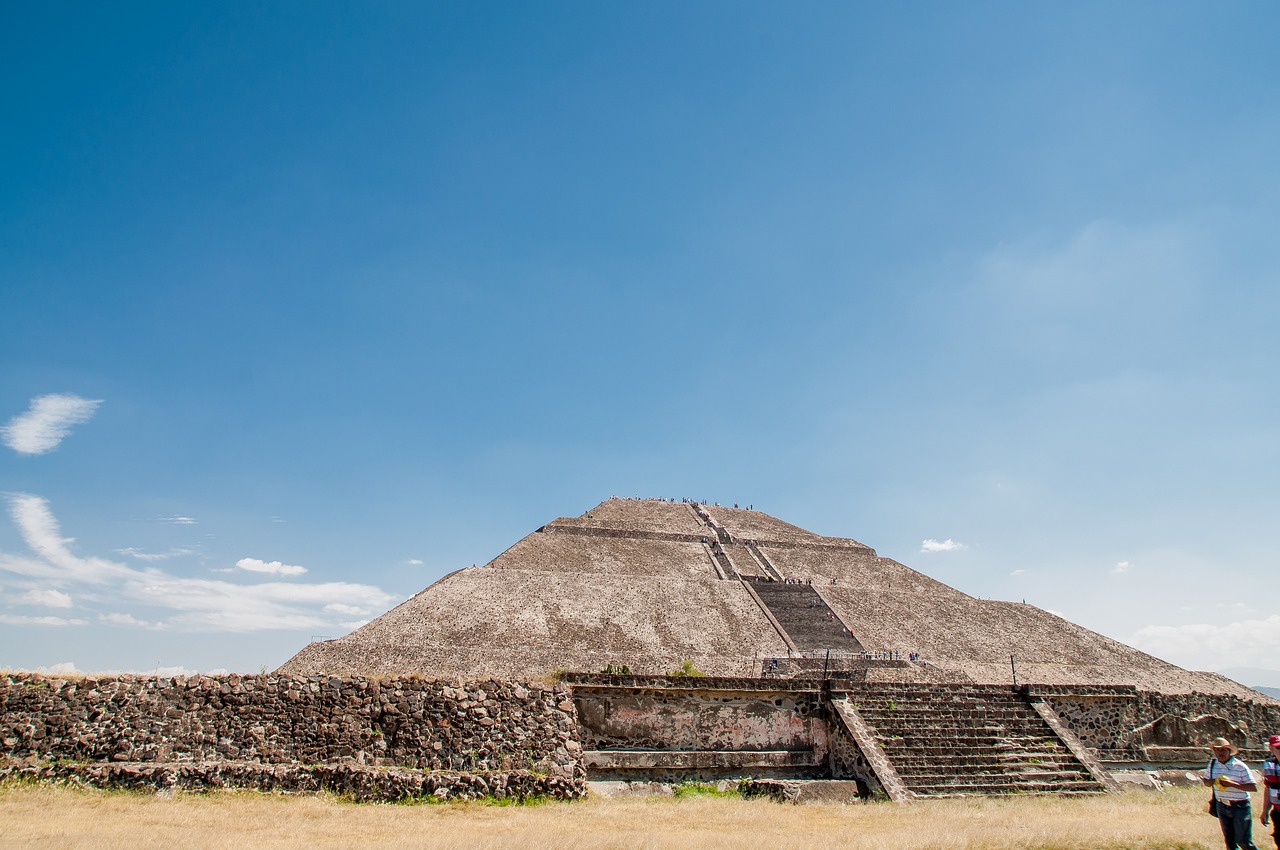
Pyramid of the Sun
The stands as the crowning jewel of Teotihuacan, towering over the ancient city with a majestic presence that commands awe and admiration. This colossal structure, believed to have been built around 200 AD, is the largest pyramid in Teotihuacan and one of the largest in Mesoamerica. Its construction is a testament to the engineering prowess and architectural ingenuity of the civilization that once thrived in this enigmatic city.
Ascending the Pyramid of the Sun, one can't help but marvel at the precision with which it was built, aligning perfectly with the cardinal directions and the movements of the sun. This alignment highlights the importance of astronomical observations and the religious significance attached to celestial bodies in the culture of Teotihuacan. Each step taken towards the summit feels like a journey through time, unraveling the mysteries and rituals that once took place on this sacred structure.
The summit of the Pyramid of the Sun offers a breathtaking panoramic view of Teotihuacan, allowing visitors to appreciate the grandeur of the city's urban layout and the meticulous planning that went into its design. From this vantage point, one can imagine the bustling life that once filled the streets below, the sounds of ceremonies echoing through the air, and the vibrant culture that thrived within the city's walls.
Archaeological excavations around the Pyramid of the Sun have revealed intricate murals, sculptures, and offerings that provide glimpses into the religious practices and beliefs of the ancient Teotihuacanos. These artifacts serve as windows into a world where gods and rituals intertwined with everyday life, shaping the identity and spiritual landscape of the city.
Despite centuries of weathering and the passage of time, the Pyramid of the Sun remains a symbol of resilience and endurance, standing as a silent witness to the rise and fall of Teotihuacan. Its enigmatic aura continues to intrigue scholars and visitors alike, drawing them into the mystique of this ancient civilization and the secrets that lie buried beneath its stone facade.
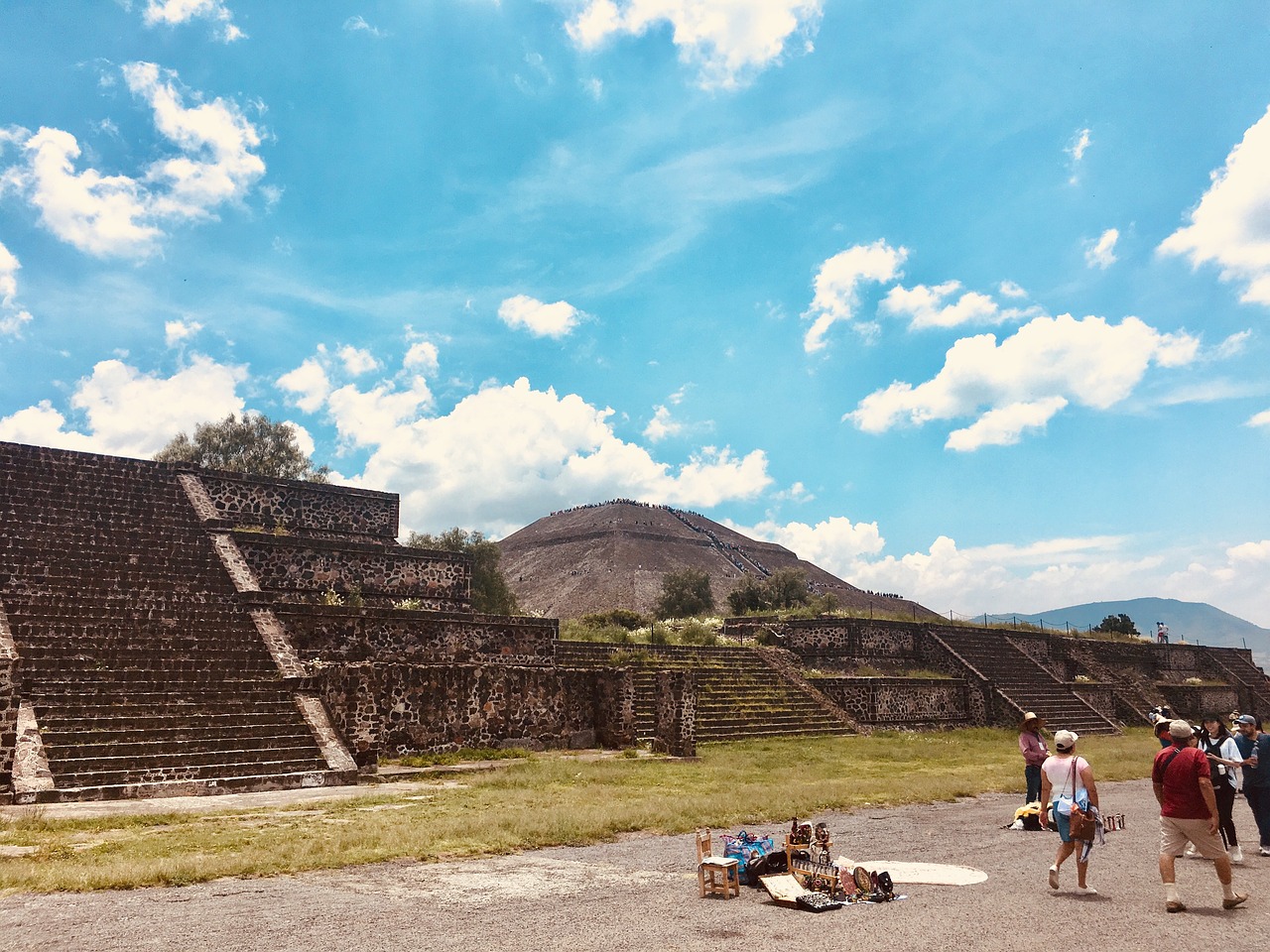
Avenue of the Dead
The Avenue of the Dead in Teotihuacan is a central thoroughfare that runs through the heart of the ancient city, lined with significant structures and monuments that played a crucial role in the city's religious and ceremonial life. Stretching over 2 kilometers, this grand avenue served as a symbolic pathway connecting various important architectural complexes within the city.
One of the most notable features along the Avenue of the Dead is the Temple of the Feathered Serpent, also known as the Feathered Serpent Pyramid or the Temple of Quetzalcoatl. This structure stands out with its intricate stone carvings depicting feathered serpents and other symbolic elements, showcasing the artistic and religious mastery of the Teotihuacan civilization.
Along the avenue, there are also platforms, palaces, and smaller pyramids that once served as ceremonial centers and administrative buildings. The careful alignment of these structures along the avenue highlights the meticulous urban planning of Teotihuacan, emphasizing the city's organized layout and architectural harmony.
The Avenue of the Dead was not merely a physical pathway but a spiritual and symbolic axis that connected the different architectural wonders of the city. It is believed to have held great significance in the religious rituals and processions of the ancient Teotihuacanos, serving as a sacred route for ceremonies, pilgrimages, and communal gatherings.
Walking along the Avenue of the Dead today, visitors can still feel the energy and aura of this ancient ceremonial boulevard, imagining the vibrant processions and rituals that once took place in this monumental city. The avenue stands as a testament to the ingenuity and spiritual depth of the Teotihuacan civilization, inviting us to delve deeper into the mysteries of this enigmatic ancient city.

Art and Iconography
Art and iconography play a crucial role in unraveling the mysteries of Teotihuacan, offering a glimpse into the cultural and religious beliefs of its ancient inhabitants. The intricate artwork found in this ancient city includes vivid mural paintings, detailed sculptures, and symbolic artifacts that provide valuable insights into the daily life and spiritual practices of the Teotihuacanos.
The mural paintings of Teotihuacan are particularly captivating, depicting scenes of ceremonies, deities, and everyday activities with remarkable detail and vibrancy. These murals not only showcase the artistic skill of the ancient inhabitants but also serve as a window into the social structure and religious rituals of the civilization. Through the study of these murals, archaeologists and historians have been able to piece together the cultural tapestry of Teotihuacan.
Moreover, the sculptures and artifacts discovered in Teotihuacan offer additional clues about the beliefs and practices of its people. Intricately carved statues of gods and mythological figures, as well as ceremonial objects and jewelry, shed light on the spiritual and symbolic significance attributed to various aspects of life in Teotihuacan. Each artifact unearthed from the ancient city contributes to the puzzle of understanding this enigmatic civilization.
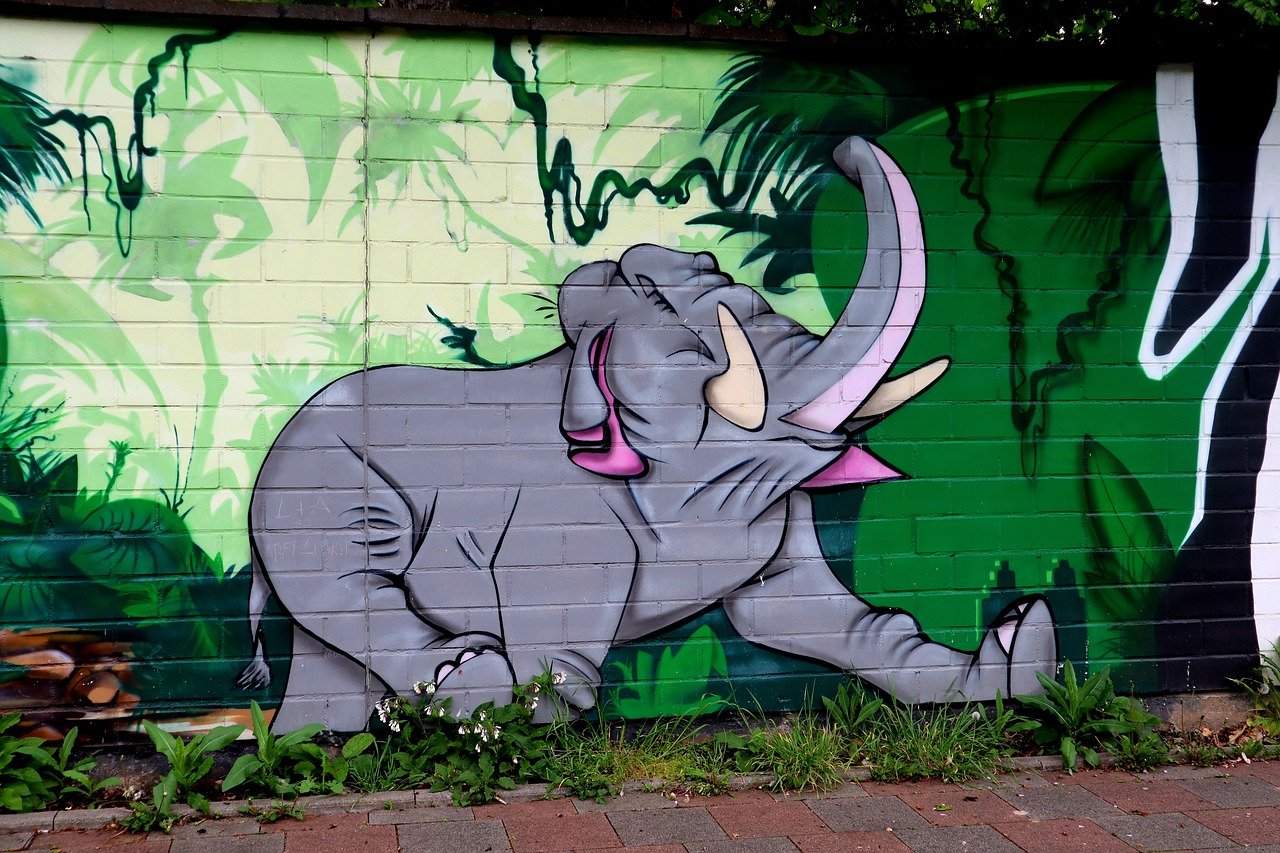
Mural Paintings
When exploring the mesmerizing mural paintings of Teotihuacan, one is transported back in time to witness the vibrant scenes of daily life, religious ceremonies, and mythological narratives depicted with remarkable artistry. These intricate murals, adorned with vivid colors and intricate details, offer a glimpse into the cultural and spiritual world of the ancient Teotihuacanos. From the majestic Feathered Serpent to the enigmatic figures engaged in ritualistic activities, each mural tells a story of a civilization deeply connected to its beliefs and traditions.
The mural paintings of Teotihuacan not only served as decorative elements but also played a crucial role in conveying the social structure and religious practices of the city's inhabitants. Through these visual narratives, researchers have been able to decipher the complex hierarchy, the importance of deities in daily life, and the rituals that shaped the spiritual landscape of Teotihuacan. The murals, found in various structures across the city, provide valuable insights into the values and customs of this ancient civilization.
One of the most renowned murals in Teotihuacan is the Tepantitla compound's Mural of the Paradise. This masterpiece portrays a lush landscape teeming with flora and fauna, symbolic representations of fertility and abundance. The intricate details of the mural, including the vibrant colors and meticulous designs, showcase the artistic prowess of the Teotihuacan painters and their deep connection to the natural world.
Moreover, the murals found in the Tetitla apartment compound offer a glimpse into the daily life of the Teotihuacanos, depicting scenes of feasting, dancing, and communal activities. These paintings not only showcase the artistic talents of the ancient inhabitants but also provide valuable insights into their social interactions, cultural practices, and communal gatherings.
Overall, the mural paintings of Teotihuacan stand as a testament to the creativity, spirituality, and cultural richness of this ancient civilization. Through these captivating artworks, we can unravel the mysteries of the past and immerse ourselves in the vibrant world of the Teotihuacanos, where art served as a bridge between the earthly realm and the divine.
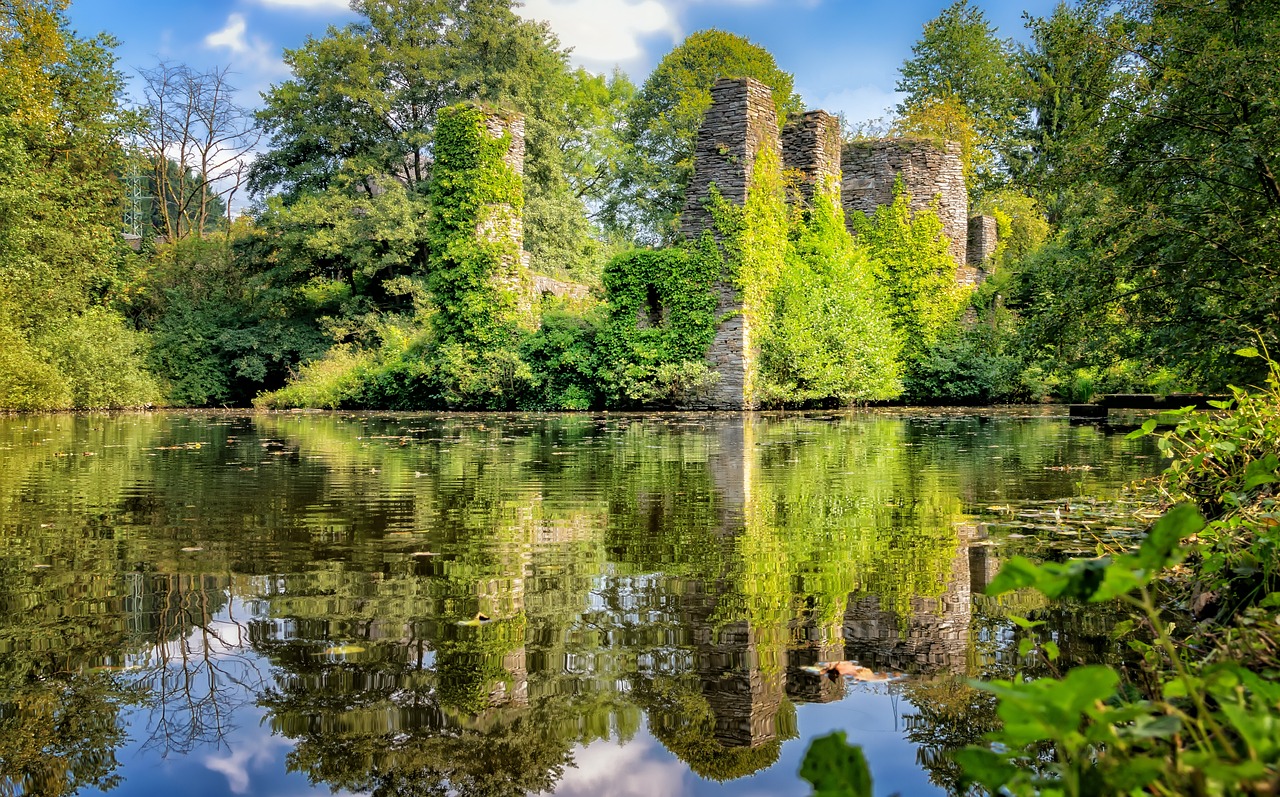
Decline and Abandonment
Teotihuacan, once a thriving metropolis, faced a gradual decline that puzzled historians and archaeologists for centuries. The city's downfall was not a sudden cataclysmic event but rather a gradual erosion of its power and influence. Various theories have been proposed to explain the decline and eventual abandonment of Teotihuacan, ranging from environmental factors to social unrest and external invasions.
One prevailing theory suggests that environmental degradation played a significant role in the city's decline. Deforestation, soil depletion, and water scarcity are believed to have strained the agricultural resources that sustained the population of Teotihuacan. As the city grew, its demands on the surrounding landscape outpaced the ability of the environment to support it, leading to food shortages and social instability.
Additionally, internal strife and social unrest may have contributed to the unraveling of Teotihuacan's social fabric. Conflicts over power, resources, and ideology could have weakened the cohesion of the city's ruling elite and eroded the social structures that held the society together. This internal turmoil may have sowed the seeds of Teotihuacan's eventual collapse.
External pressures, such as invasions from neighboring civilizations, also likely played a role in the decline of Teotihuacan. The city's strategic location made it a target for conquest by rival groups seeking to expand their territories and influence. These external threats, combined with internal discord and environmental challenges, may have hastened the city's demise.
Despite the mysteries shrouding the decline of Teotihuacan, its legacy endures as a testament to the ingenuity and creativity of its ancient inhabitants. The ruins of the city continue to captivate visitors and researchers alike, offering glimpses into a bygone era of advanced urban planning and artistic expression. As ongoing research and conservation efforts strive to preserve the remnants of Teotihuacan, the enigma of its decline remains a compelling puzzle waiting to be unraveled.
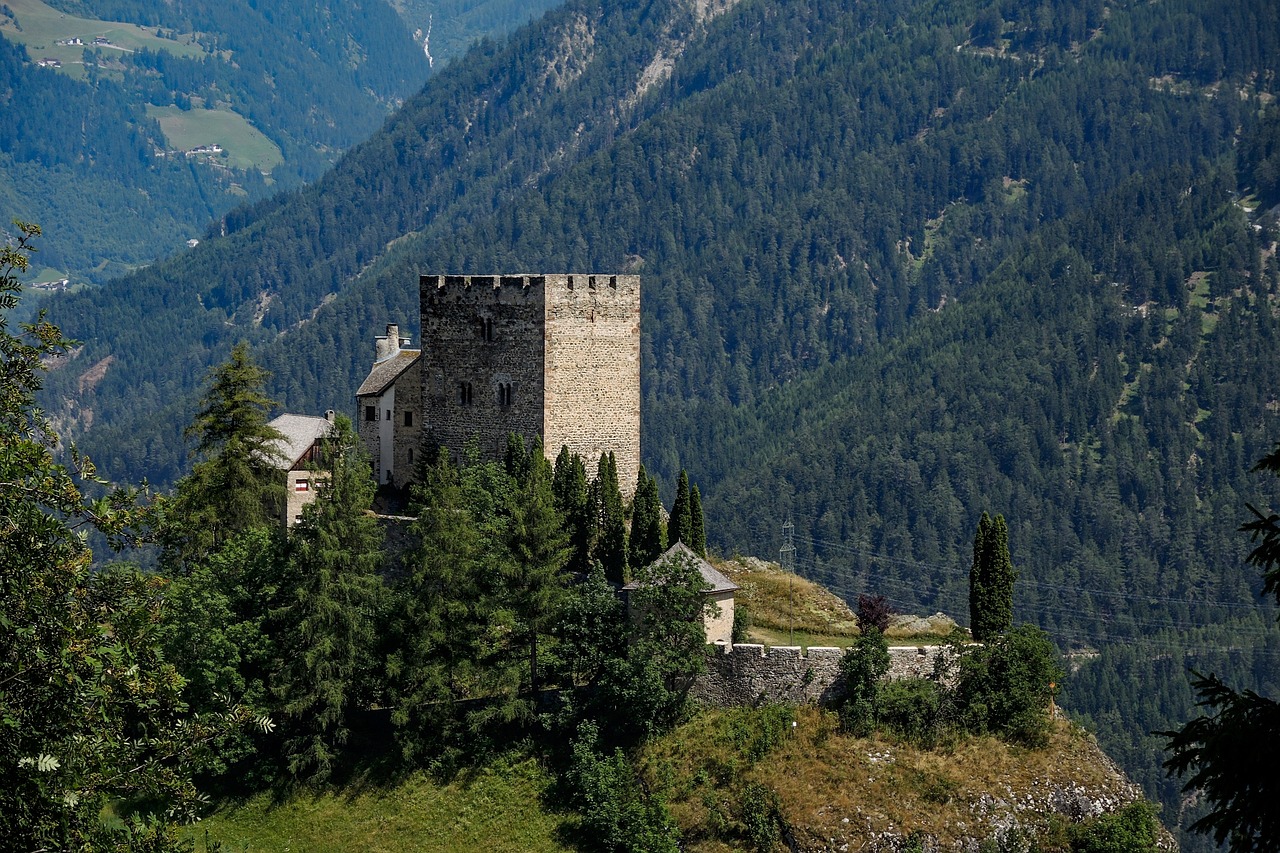
Legacy of Teotihuacan
The legacy of Teotihuacan continues to captivate archaeologists, historians, and visitors alike, offering a window into the rich tapestry of Mexico's ancient past. This enigmatic city, with its grand pyramids and intricate murals, holds a special place in the annals of Mesoamerican history. Its influence can be seen in the art, architecture, and religious practices of subsequent civilizations, leaving an indelible mark on the cultural landscape of the region.
One of the most enduring legacies of Teotihuacan is its architectural prowess, exemplified by the monumental structures that still stand today. The Pyramid of the Sun, with its imposing presence and precise alignment with celestial bodies, serves as a testament to the city's advanced knowledge of astronomy and mathematics. Similarly, the Avenue of the Dead, a central axis running through the city, reflects a sophisticated urban planning system that continues to inspire awe and admiration.
Furthermore, the art and iconography of Teotihuacan offer valuable insights into the beliefs and customs of its inhabitants. The vibrant murals that adorn the walls of the city depict scenes of everyday life, mythological narratives, and religious ceremonies, providing a glimpse into the social structure and spiritual practices of the ancient Teotihuacanos.
The legacy of Teotihuacan extends beyond its physical remains to influence modern-day Mexico in profound ways. The city's cultural heritage is celebrated in festivals, art exhibitions, and academic research, keeping its memory alive for future generations. As ongoing conservation efforts strive to preserve this archaeological treasure, the legacy of Teotihuacan remains a beacon of inspiration and discovery in the realm of ancient civilizations.
Frequently Asked Questions
- What is Teotihuacan?
Teotihuacan is an ancient Mesoamerican city located in present-day Mexico, known for its impressive pyramids and urban planning. It was one of the largest cities in the pre-Columbian Americas and is a UNESCO World Heritage Site.
- Who built Teotihuacan?
The exact origins of Teotihuacan remain a mystery, with various theories suggesting different groups or cultures as its founders. The city reached its peak between 100-450 AD and was likely inhabited by a diverse population.
- What are the main attractions in Teotihuacan?
Some of the main attractions in Teotihuacan include the Pyramid of the Sun, the Avenue of the Dead, and the Temple of the Feathered Serpent. These structures showcase the advanced architectural and artistic skills of the ancient inhabitants.
- Why did Teotihuacan decline?
The decline of Teotihuacan is still a subject of debate among historians and archaeologists. Factors such as environmental changes, social unrest, and external invasions have been proposed as possible reasons for the city's eventual abandonment.
- What is the significance of Teotihuacan today?
Teotihuacan holds great cultural and historical significance for Mexico and the world. It continues to inspire research, conservation efforts, and a deeper understanding of ancient Mesoamerican civilizations.








